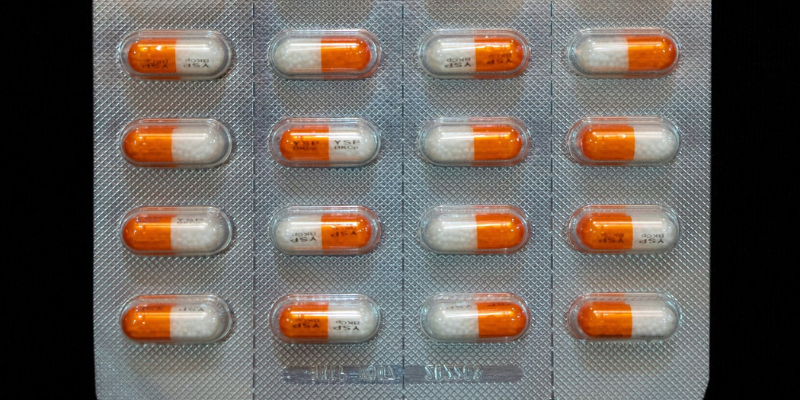
Biodegradable polyesters for drug delivery: materials and performance
Prof. Dr. Karsten Mäder, MLU Halle-Wittenberg
Biodegradable polyesters are important materials for controlled drug delivery. Until now, mainly polylactide (PLA) and poly-(lactide-co-glycolide) (PLGA are used to deliver the drug molecules over several weeks to months. The talk will discuss how material properties and processes, but also the size (nano- vs. micron range) are linked with the control of drug delivery. Despite PLA and PLGA dominate the field until now, they have several drawbacks. The formation of the acidic monomers lactic and glycolic acid leads to the formation of highly acidic microenvironments in vitro and in vivo 1–3 and might cause acylation and degradation of drug molecules prior release 4. It also triggers autocatalytic polymer degradation which leads to the paradox of a faster degradation of larger particles and implants. Acidic microenvironments can be prevented by the use of PEG-PLGA block polymers. Block polymers permit also and better release of hydrophilic drugs, because a zero-order release with no lag time can be achieved 5. The presentation will discuss the monitoring of the polymer microenvironment by EPR spectroscopy and optical imaging. It will also highlight the need for the development of alternative polymers for drug delivery purposes.
References:
1. Mäder, K., Gallez, B., Liu, K. J. & Swartz, H. M. Non-invasive in vivo characterization of release processes in biodegradable polymers by low-frequency electron paramagnetic resonance spectroscopy. Biomaterials17, 457–461 (1996).
2. Liu, Y. & Schwendeman, S. P. Mapping microclimate pH distribution inside protein-encapsulated PLGA microspheres using confocal laser scanning microscopy. Mol. Pharm.9, 1342–1350 (2012).
3. Schädlich, A., Kempe, S. & Mäder, K. Non-invasive in vivo characterization of microclimate pH inside in situ forming PLGA implants using multispectral fluorescence imaging. J. Control. Release179, 52–62 (2014).
4. Lucke, A., Kiermaier, J. & Göpferich, A. Peptide Acylation by Poly(α-Hydroxy Esters). Pharm. Res. 2002 19219, 175–181 (2002).
5. Elena de Souza, L. et al. Has PEG-PLGA advantages for the delivery of hydrophobic drugs? Risperidone as an example. J. Drug Deliv. Sci. Technol.61, 102239 (2020).
Additional Details
Seminar Room -
